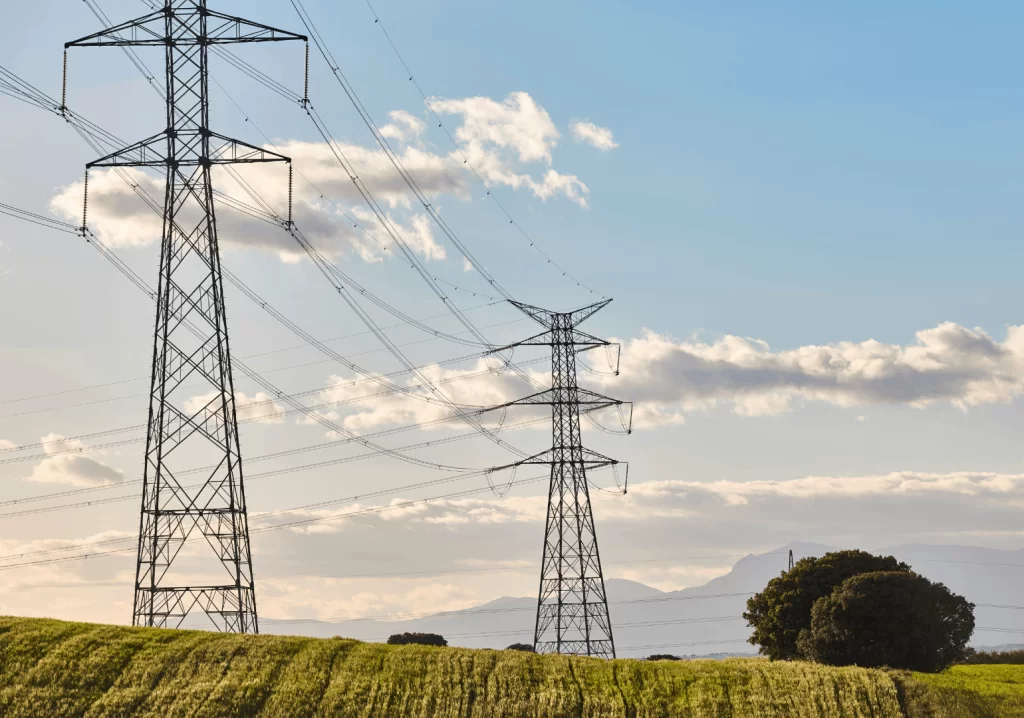As traditional coal-fired power stations across Australia are gradually phased out, a series of renewable energy zones (REZ) in each state will become responsible for generating much of the country’s electricity.
Each of the dozens of potential REZs identified so far will involve the construction of large-scale renewable energy generation plants, such as solar and wind farms, pumped hydroelectricity and battery storage, and high-voltage transmission infrastructure to transport the electricity to population centres.
Their national rollout over the coming decade will be pivotal to reaching the federal government’s clean energy targets, including achieving net-zero carbon emissions by 2050.
The REZs are expected to attract substantial private equity investment, stimulate job creation and foster significant technological innovation. By concentrating renewable projects in specific areas, they lower power costs by reducing the need for extensive transmission infrastructure.
They also stabilise the grid by integrating diverse renewable sources, ensuring a robust and reliable energy supply whatever the weather conditions.
Clean energy infrastructure
The nation’s first REZ, the Central-West Orana REZ in New South Wales northwest of Sydney, is already underway with plans to build dozens of solar and wind plants, battery storage facilities and pylons connecting them to electricity networks.
The Immense 20,000 km² project will leverage economies of scale to efficiently deliver energy to tens of thousands of homes and businesses and will initially unlock 4.5 GW of new network capacity — enough to power 1.4 million homes. When the REZ reaches its full capacity, that figure will almost double and include 2 GW of long-duration storage.
It’s expected to bring up to $20 billion in private investment to the region by 2030 and support around 5000 construction jobs.
“We know that in the long term, renewables are the cheapest way to deliver power,” said the REZ’s Candidate Foundation Generator Manager Siva Hesavan, a Senior Advisor at ConnellGriffin, the project’s transaction and commercial advisor.
His role involves helping the NSW government identify a consortium to build and operate the transmission and generator infrastructure and then ensuring every aspect of the complex project is executed smoothly and efficiently.
He currently manages the interfaces of 11 network generation schemes that effectively feed off the transmission infrastructure being developed.
Projects worth more than $1 billion
ConnellGriffin is a leading commercial and transaction advisory consultancy firm working across multiple sectors including energy and utilities, roads, rail, maritime, and social infrastructure.
Nationwide, it supports linear infrastructure projects worth more than $1 billion and is involved in more energy sector initiatives in NSW and Victoria than any other consultancy.
It also provides commercial advisory services for the New England REZ. Many more are set to be greenlit over the rest of the decade, each representing a fundamental geographical shift in energy generation.
“The existing electricity network was designed for centralised generation, but in the future, energy will be created in a number of areas that may not be close to transmission lines,” Hesavan said.
“Wind and solar farms will be built from scratch, many in remote, rural areas, so it’s a big undertaking to coordinate their connection to the grid and ensure the transmission capacity is sufficient.”
Boosting private equity
Until recently, states controlled their power supply, but most are moving to a market-based system with incentives and subsidies to boost private investment in both transmission and generation.
Those subsidies also include clauses mandating funds for additional economic benefits for those living and working in each REZ.
“It’s essential that a portion of the investments go to enhancing the local area,” Hesavan said. “That means consultations with landowners, residents, community groups, farmers, tourism agencies and small business owners about the improvements they’d like to see.”
Such initiatives might include upgrading social infrastructure, opening new community centres or facilitating bushland restoration.
Hesavan says his job will be challenging over the next few years, but also fulfilling.
“It’s very exciting to be at the heart of Australia’s first renewable energy zone,” he said. “The lessons we’re learning every day will inform how future REZs are designed and built and contribute enormously to a sustainable, clean energy future.”

